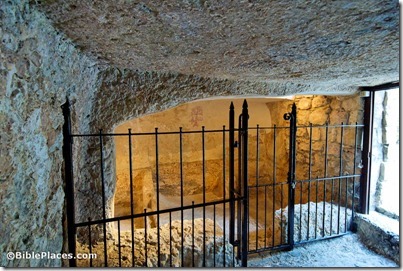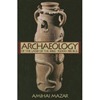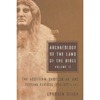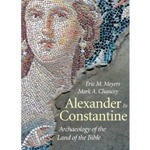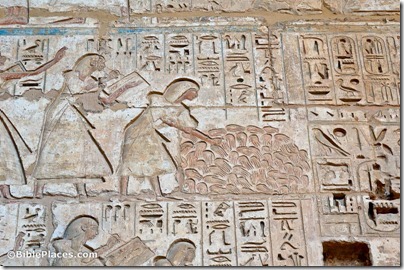Twenty-five years of excavations at et-Tell on the northeastern side of the Sea of Galilee are being celebrated with a fundraiser and photographic exhibition at the University of Nebraska at Omaha.
Celebrating 25 Years of UNO’s Biblical Excavation Project:
Artifacts from the Dig & Hanan Shafir: Photographs of Bethsaida In recognition of the 25th anniversary, the UNO Art Gallery will host a collection of photography from Bethsaida by Hanan Shafir. Showing in the Weber Fine Arts Building on UNO’s Dodge Street campus, the exhibition will run from Aug. 24 to Sept. 27. The gallery is free and open to the public. Hours are Monday through Thursday, 10 a.m. to 3 p.m. Groups are welcome to schedule an appointment outside of these times by calling 402.554.2796. Pre-Opening Fundraiser & Reception: Come see the place, the people, and the artifacts, meet the photographer, and listen to UNO Professor Rami Arav, lead excavator at Bethsaida. The event is Thursday, Aug. 23, from 6 to 9 p.m. All members of the public are welcome. Tickets are $40 in advance and $50 at the door. Proceeds will help faculty and students travel to Bethsaida and continue this important archeological study in coming years. Several gift items including commemorative pottery shards from Bethsaida will be raffled and Shafir’s photographs will be for sale by silent auction.
For more information, see the university’s website. HT: Jack Sasson 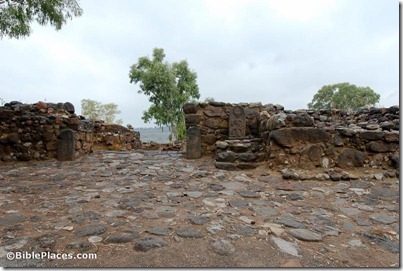 Iron Age gate of Bethsaida
Iron Age gate of Bethsaida
